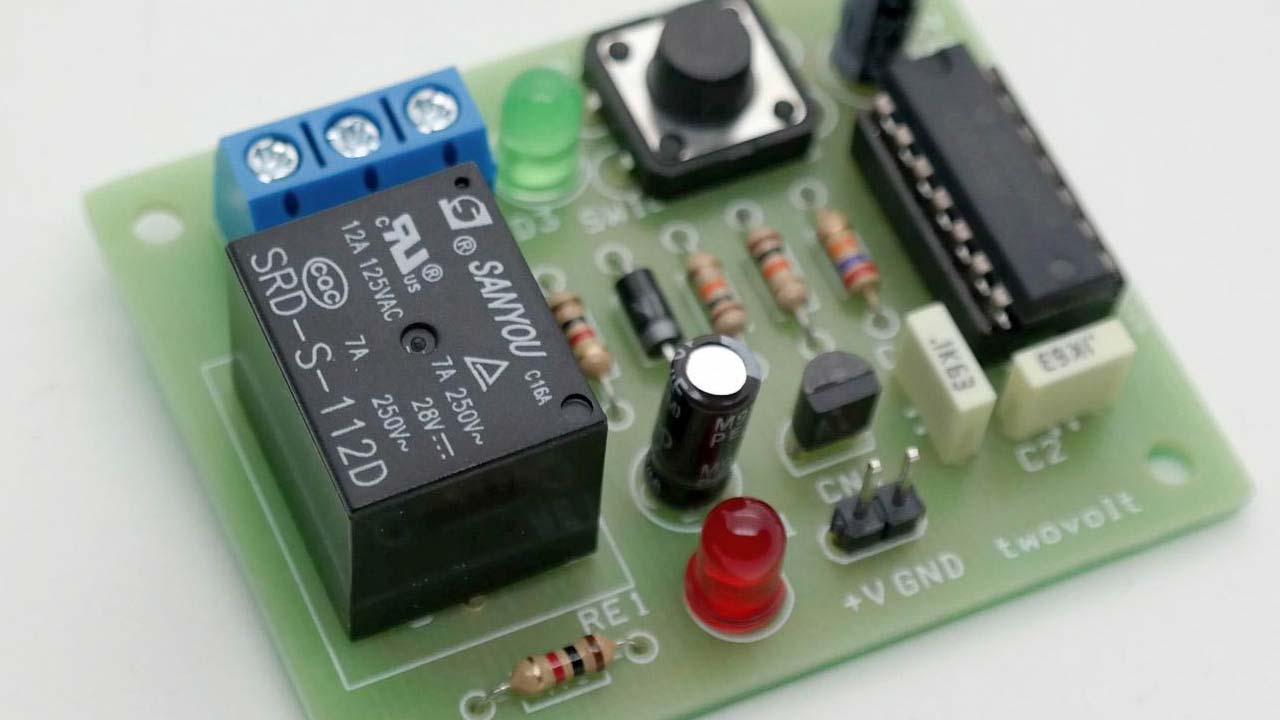
Electric Equipment Sector: Creating a self-reliant India augur well for the sector
Electrical Equipment Sector: Creating a self-reliant India augurs well for the sector
The electrical equipment sector has registered robust growth on an annual basis in financial parameters across the board.
According to market research and advisory firm Technavio, the Indian electric equipment market is expected to increase by USD 33.74 billion from 2021 to 2025 to reach USD 70.69 billion. The sector’s growth momentum is expected to accelerate at a CAGR of 9% and it contributes 1.5% to India’s overall GDP. Although India has adequate power generation capacity, still a substantial proportion of the population has limited access to electricity, mainly because of the lack of proper transmission and distribution infrastructure. Hence, electrification is a megatrend which is driving growth and creating new opportunities to participate in infrastructure development as well as demand emanating from semi-urban and rural markets.
The ‘Make in India’ initiative along with new domestic sourcing norms for the power sector are furnishing a fillip to the electric equipment sector. Also, the recent impetus to creating a self-reliant India augurs well for the sector. The Indian electric equipment sector has a good mix of large private and public sector enterprises, multinational companies as well as small and medium companies. The industry can be broadly classified into two segments – generation equipment and transmission and distribution equipment. It also includes other electrical equipment such as instrument transformers, surge arrestors, stamping and lamination, insulators, insulating material, industrial electronics, indicating instruments, winding wires, etc.
The domestic wires and cables market, which is estimated at Rs 600-650 billion, makes up 40-45% of the electrical equipment sector. Major players are optimistic about the medium to the long-term potential of the wires and cables sector, given its diverse utility and a conducive demand environment. The sector is estimated to have grown by 20-25% in FY22, primarily driven by inflation-led higher realisations. An increase in commodity input costs due to the rise in copper and aluminium prices was effectively passed on to the consumers by companies. Infrastructure and construction activities were slow in the first quarter of FY22 but saw a sequential increase as the second wave of the pandemic subsided.
Outlook
In India, access to electricity has been improving significantly, developing a new market in semi-urban and rural for electrical equipment. Tailwinds such as the government’s focus on infrastructure, the revival of the real estate sector, and healthy demand visibility across various end-user industries are ameliorating the demand environment for the sector. Various government schemes are focused on the mission of ‘electricity for all’ and reducing transmission loss of electricity. Nonetheless, high levels of inflation and volatility in key raw materials are expected to be major headwinds for the sector in FY23. A rise in power generation from renewable energy sources will also provide new growth levers in the years to come.
According to the International Energy Agency (IEA), electricity demand in India is projected to grow by nearly 5% per year till 2040 as the economy is expected to overtake the European Union in terms of its installed capacity in the next two decades, depending on the progress of the current Stated Policies Scenario (STEPS). This directly translates into more demand for power distribution and transmission infrastructure in the economy along with the need to reduce the gap created between peak load and supply due to power outages. Therefore, a rise in the power generation segment will surely augur well for the sustainable growth of electrical equipment manufacturers.
Financial Highlights
For FY22, industry incumbent Siemens reported a YoY strong growth in net sales and operating profit at ~27% each, while profit after tax and EPS climbed by 36% each. Profit after tax for Hitachi Energy India and ABB India more than doubled in FY22 relative to FY21. CG Power and Industrial Solutions posted phenomenal results for FY22, with operating profit soaring 200%. Market leader in fast-moving electrical goods (FMEG) and major power distribution equipment manufacturer, Havells India saw net sales and net profit jump 33.29% and 14.57%, respectively.
Operating profit and net profit for FY22 of TD Power Systems and Honda India Power Products saw similar growth of ~36% and ~54%, respectively. Olectra Greentech was the distinct winner among the pack. The company’s net sales, operating profit and net profit registered phenomenal growth of two times, three times and four times, respectively. Other top outperformers of the sector include Graphite India, HEG, Finolex Cables, Esab India, Apar Industries and Data Patterns India.
On the whole, the electrical equipment sector has registered robust growth on an annual basis in financial parameters across the board. The aggregate top-line of the sector registered a healthy growth of 35.64% from Rs 79,513 crore in FY21 to Rs 107,852.87 crore in FY22. Accumulated operating profits increased by 30.87% from Rs 9,476.47 crore recorded in FY21 to Rs 12,401.56 crore in FY22. Profit after tax surged from Rs 5,609.03 crore in FY21 to Rs 6,736.01 crore in FY22, exhibiting a growth of 20%.
Disclaimer: Investment/Trading in securities Market is subject to market risk, past performance is not a guarantee of future performance. The risk of loss in trading and investment in Securities markets including Equites and Derivatives can be substantial.
 Tanushree Jaiswal
Tanushree Jaiswal



